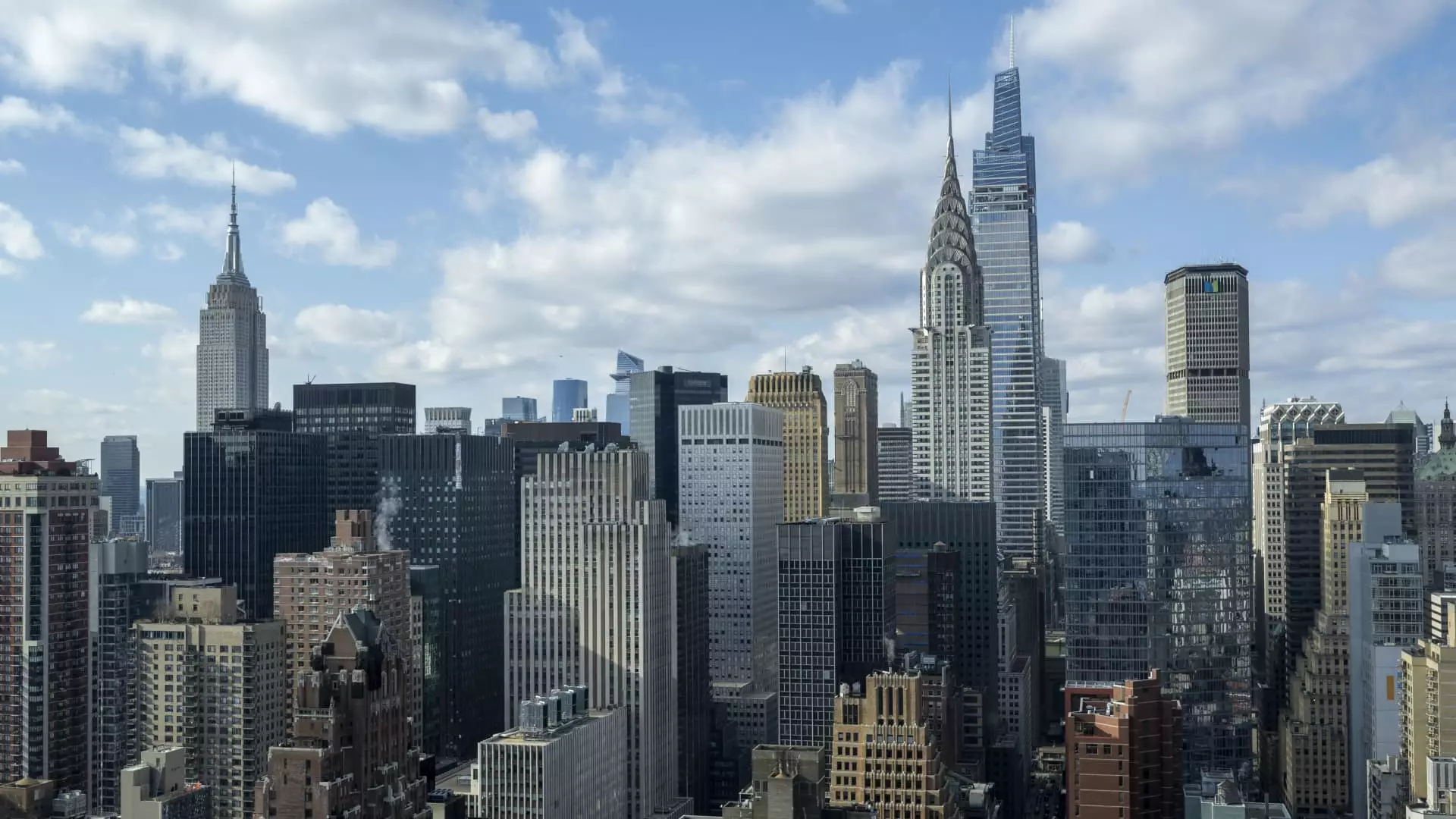As the world emerges from the shadow of the COVID-19 pandemic, New York City’s office market has displayed surprising resilience, returning to pre-pandemic demand levels. The city, often regarded as the pulse of the global economy, has seen a striking 25% increase in office demand during the fourth quarter, a significant rebound driven by employers’ renewed push for in-person work and an influx of new employees. This article delves into the underlying dynamics of this resurgence, the implications for various stakeholders, and a comparative analysis with other U.S. cities adapting to the post-pandemic reality.
The data, as reported by VTS, a real estate technology platform that monitors office demand through tracking tenant tours, indicates that the increase in demand is not merely a statistic but a reflection of broader economic trends. Nick Romito, CEO of VTS, articulates that New York City’s recovery aligns with its distinctive cultural and economic attributes, particularly in sectors such as finance and technology. The city’s unique character cultivates a professional environment that is hard to replicate, thereby incentivizing companies to bring employees back to vibrant urban offices rather than sticking with remote work arrangements.
The insights provided by SL Green Realty Corp., a prominent player in New York’s real estate market, further support this narrative. Although the company slightly missed revenue projections, the tightening of the office market and rising leasing demands paint a brighter picture for the future. The anticipated addition of approximately 38,000 office-related jobs by 2025 is a harbinger of renewed enthusiasm for office space—better news for landlords and investors alike.
The projected demand translates into substantial requirements for office space; SL Green CEO Marc Holliday emphasized that many of these roles will not be conducive to remote work. Notably, SL Green is reporting high occupancy rates, ending the year at 92.5% and aiming for over 93% in the next year. This upward trajectory suggests confidence in New York’s ability to adapt to changes while remaining a preferred location for major corporations.
A key highlight of this competitive landscape is IBM’s recent decision to expand its office footprint at One Madison Avenue, underlining the tech giant’s long-term commitment to New York City. The expansion encompasses nearly 93,000 square feet and represents a significant vote of confidence in the city’s ability to provide a collaborative workspace essential for innovation and growth, according to IBM’s senior vice president, Joanne Wright.
Comparative Analysis with Other Urban Markets
While New York is positioning itself as a leader in the recovery of office spaces, other cities are not far behind. For instance, the San Francisco Bay Area recorded a remarkable 32% annual increase in office demand, albeit from a lower starting point. Cities like Seattle and Chicago are also showing promising growth rates of around 15% as employers navigate hybrid work models that necessitate an in-office presence. According to VTS’s chief strategy officer, Ryan Masiello, the contrasting recovery rates underscore different regional dynamics and varying degrees of acceptance of remote versus in-office work arrangements.
The national perspective is equally compelling, with overall demand having increased by 12% in the fourth quarter compared to the previous quarter. This is particularly noteworthy as it defies seasonal trends, which typically see a decline in demand from the third to the fourth quarter. Businesses seem more inclined to invest in office spaces even amid economic uncertainties, suggesting a shift towards longer-term strategic planning.
As New York City’s office market rebounds, it is evident that the sector is woven intricately into the fabric of its economy. The convergence of companies’ desires to foster collaboration, the creation of new jobs, and increasing occupancy rates signify optimism for the market. However, this resurgence is not isolated; it reflects broader trends across the nation as urban centers adapt and evolve in the face of changing work norms. The future of office spaces may not resemble the past; however, the stated commitment from major corporations and continued demand indicates that the sector is far from obsolete. As we forge ahead, it will be essential to monitor these developments, ensuring that New York City continues to thrive as an epicenter of economic activity.

